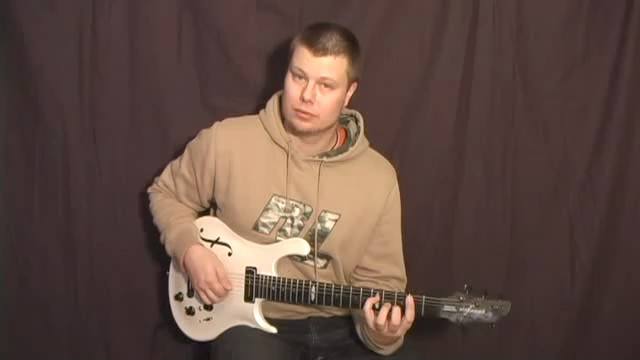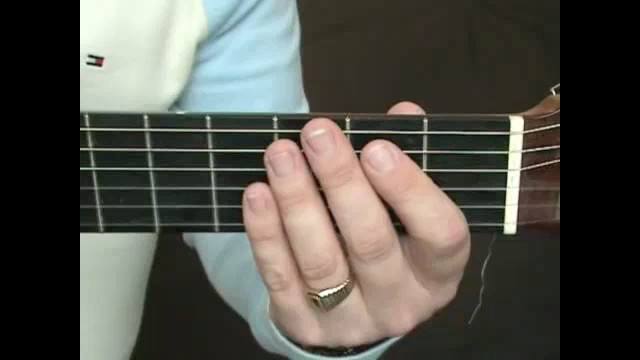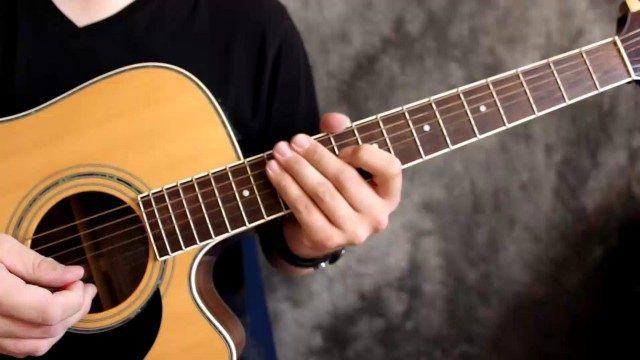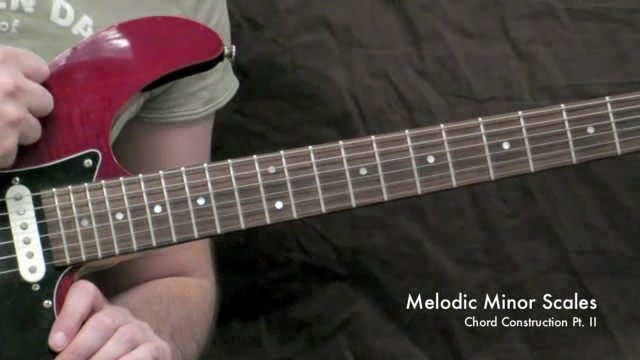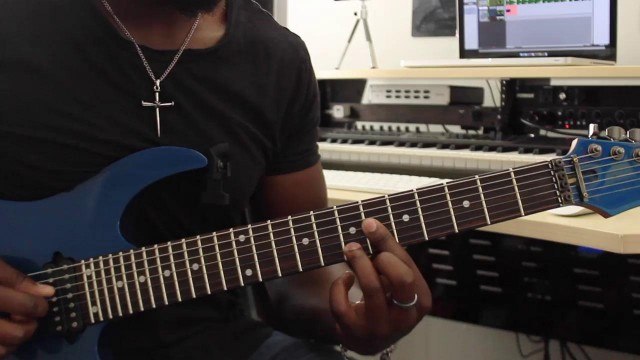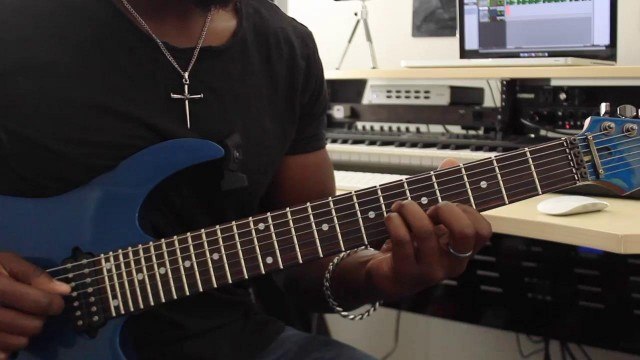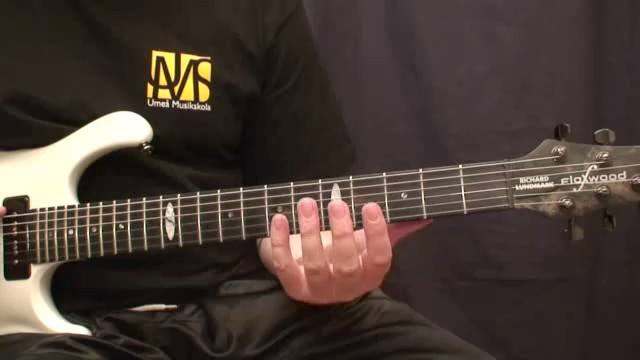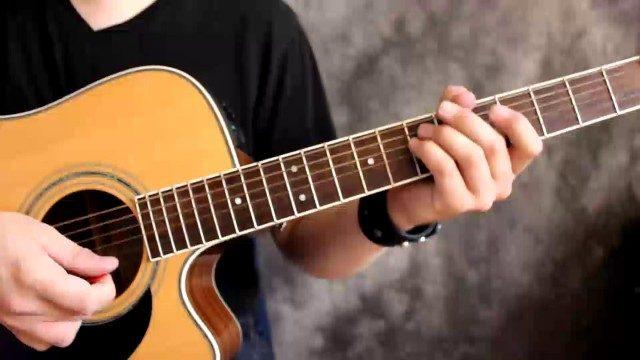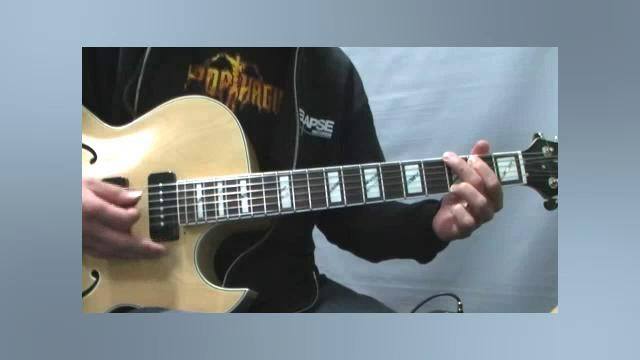Hi guys! So this month we'll once again stray from Licking Up the Modes. Although, what we're covering in this tutorial directly relates to the modes and is very helpful.
If you're unfimiliar with the term "diatonic", this basically meens the notes that exsisit within the given key, in this case, G major.
Off of each scale degree we have a chord that exists. These chords are built off of 3rd intervals that proceed the scale degree.
For example, in G major we have these notes available: G - A - B - C - D - E - F#
1 - 2 - 3 - 4 - 5 - 6 - 7
The first chord of the key, or the "one" chord Gmaj7 (usually shown by a roman numeral " I ") is made up of thirds that proceed G, giving us B - D - F#. All of these notes are a third apart (sometimes major 3rds, sometimes minor 3rds).
These series of notes are also known as 1 - 3 - 5 - 7, the scale degrees that make up a 7th chord.
As these scale degrees are altered we end up with different chord qualities which can be seen below:
Major7 = 1 - 3 - 5 - 7
Dominant7 = 1 - 3 - 5 - b7
Minor7 = 1 - b3 - 5- b7
Minor7b5 = 1 - b3 - b5 - b7
As we build chords off of each scale degree we come across a pattern that exists for every major key, which is as follows (shown in roman numerals):
I major7 - ii minor7 - iii minor7 - IV major7 - V dominant7 - vi minor7 - vii minor7b5 (half diminished)
matching modes:
I ionian - ii dorian - iii phrygian - IV lydian - V mixolydian - vi aeolian - vii locrian
When reduced to their triads (1 - 3 - 5) we have:
Major = 1 - 3 - 5
Minor = 1 - b3 - 5
Diminished = 1 - b3 - b5
I major - ii minor - iii minor - IV major - V major - vi minor - vii diminished
When adding extensions to these chords we basiccally have what is left from the scale, 2 - 4 - 6, moved up an octave we call them 9 - 11 - 13.
You can see here how the idea off continuing to add proceeding thirds works: 1 - 3 - 5 - 7 - 9 - 11 - 13 (we are basically hitting every other note).
Although, these added extensions sometimes don't work within the context of the chord and have to be excluded. These excluded notes are known as avoid notes or "void" notes.
If you move on to the next videos we will see more clearly which extensions can be used within each diatonic chord.







